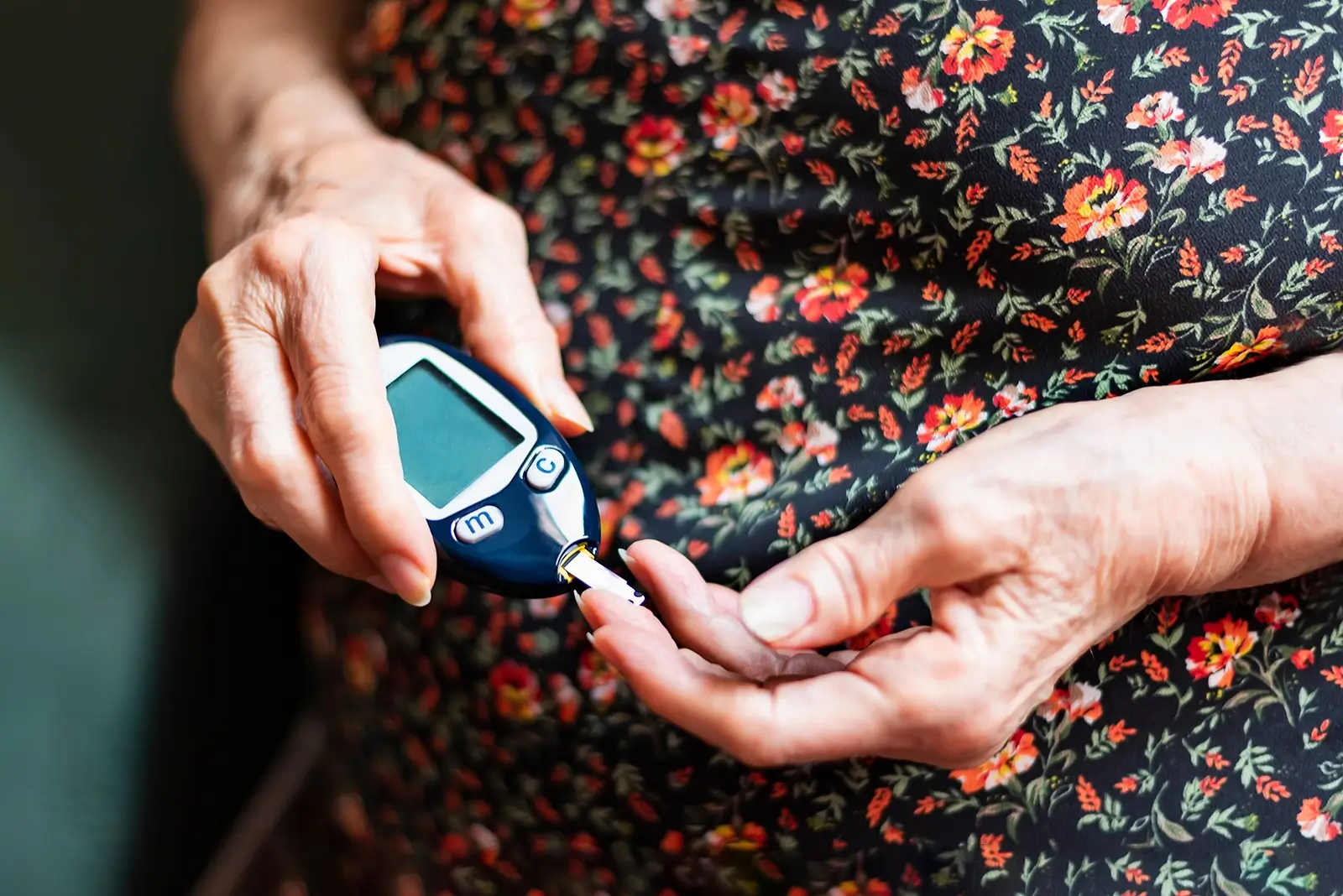Wichtige Überlegungen in Bezug auf die fortlaufende Blutzuckerkontrolle im Rahmen von klinischen Studien in der Region Asien-Pazifik
Wichtige Überlegungen in Bezug auf die fortlaufende Blutzuckerkontrolle im Rahmen von klinischen Studien in der Region Asien-Pazifik
JB Flinders, Senior Director, Strategic Delivery and Growth, CVMER
As the prevalence of diabetes continues to increase[1], glucose monitoring can help reduce the disease burden by providing effective diabetes management. This article provides a brief overview of diabetes in APAC, the use of continuous glucose monitoring (CGM) in clinical trials and the challenges faced with CGM in APAC.
Understanding the prevalence of diabetes in APAC
Diabetes is highly prevalent across the Asia-Pacific (APAC) region as China and India have the highest diabetes populations in the world and collectively account for 40 % of all people with diabetes.
The burden of diabetes in APAC countries based on the 2021 data from the International Diabetes Federation (IDF) shows increasing prevalence in the region.
Table 1: The Burden of Diabetes in APAC Countries as Per 2021 IDF Data.[2]
| APAC country | Individuals with diabetes, in 1000s (20-79 years) | Age-adjusted prevalence of diabetes (%) |
|---|---|---|
| Australien | 1.491,8 | 6,4 |
| China | 140.869,6 | 10,6 |
| Hongkong | 686 | 7,8 |
| Indien | 74.194,7 | 9,6 |
| Japan | 11.005 | 6,6 |
| Malaysia | 4.431,5 | 19 |
| Philippinen | 4.303,9 | 7,1 |
| Singapur | 711,8 | 11,6 |
| Südkorea | 3.511,8 | 6,8 |
Demonstrating patient outcomes with continuous glucose monitoring (CGM)
The need for better diabetes treatments is especially important where prevalence is high. Continuous glucose monitoring (CGM) can be considered one of the key components in a clinical trial that best demonstrates patient outcomes; the benefits of CGM in diabetes have been documented in numerous clinical trials.
However, several difficulties exist in the use of CGM devices in Asia-Pacific countries, such as:
- Inadequate or lack of education and skill around CGM device usage
- Lack of reimbursement and cost considerations
- Concerns around CGM accuracy
- Limited utilization
- Lack of awareness and training
CGM should be a key component to improve diabetes treatment but the difficulties listed above can play a large role in limiting its access and use.[3] To address this issue, the current focus is on people with diabetes who have long-term monitoring needs. This includes individuals with T1DM or T2DM that need multiple daily injection (MDI) therapies (which can have suboptimal glycemic control), or those with recurrent or severe hypoglycemia.
Growing partnerships and increasing access to CGM in APAC
Fortrea continues to support extensive clinical trial work in Asia Pacific to enhance diabetes outcomes for patients. We have strong relationships with groups like Prescription Digital Health (PDH), which allows us to provide CGM data collection from a wide range of countries, depending on the availability of the device. This relationship, coupled with our experience, helps us how to address challenges in the region. For example, studies in China have had difficulty supporting and managing data collected by CGM. Having an established relationship with a major web data hosting player is crucial, which companies like PDH can provide.
Sponsors should also think about access to CGM equipment. For example, some CGM manufacturers do not currently do business in China, whereas others support CGM in China, but only with certain devices. As your partner, our team can help determine your country mix based on the availability of the CGM devices before your trial starts. Together, we hope to make a difference for people living with diabetes, both in APAC and around the world.
For more information related to diabetes related clinical trial research, visit our website.
[1] Facts & figures, International Diabetes Federation. Accessed 01 December 2023 https://idf.org/about-diabetes/diabetes-facts-figures/
[2] Twigg S, Lim S, Yoo S-H, et al. Asia-Pacific Perspectives on the Role of Continuous Glucose Monitoring in Optimizing Diabetes Management. J Diabetes Sci Technol. 2023;0(0).
[3] Kesavadev, J, et al. Time-in-range and frequency of continuous glucose monitoring: Recommendations for South Asia. Diabetes Metab Syndr. 2022 Jan;16(1):102345.









